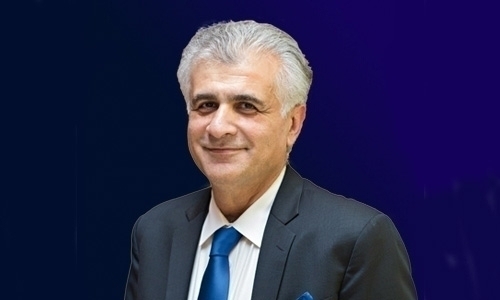Simplifying air travel
Air travel and customs have always been a nuisance and now more than ever because of the heightened security and threats. As a result, many initiatives have been started to improve this situation. The most important one is the Fast Travel Program by the International Air Transport Association’s (IATA) which aims to provide passengers with a complete relevant self-service suite of services throughout their journey.
Over half of passengers already use a self-service channel at check-in and even more passengers are expected to start using self-service approaches. The fastest growing channel will be mobile devices, where usage will pretty much double. The overwhelming majority of airlines and airports are responding by investing in passenger services via mobile devices. Airlines forecast that mobile will drive the continued growth of self-service check-in over the next three years and airports forecast that mobile check-in will be the number one choice by 2018.
Almost a third of passengers expect to be using bag-drop, either staffed or fully self-service – in 2016. At the moment, the preference is for the staffed stations as passengers gradually gain confidence in the unstaffed bag-drops. Passengers are back in their comfort zone when it comes to using self-service boarding passes. Two thirds used self-service channels last year and this is expected to increase slightly in the current year.
IATA’s target is to achieve a self-service suite of services that ensures more convenience and control and a better travel experience to 80% of global passengers by 2020. Global penetration of this initiative reached 29.2% of passengers in 2015. This result is below IATA’s target of 35% because of regulatory obstacles to introducing new services, such as home-printed bag-tags, in some regions. Consequently, IATA has adjusted down its 2016 target from 50% to 40% global penetration, but says the overall vision for 80% penetration by 2020 is unaffected. It expects implementation to take off quickly once allowed by governments.
Today Alaska, Qantas, Air New Zealand, SAS and Hawaiian Airlines offer four or more Fast Travel options to at least 80% of their passengers, and more airlines and airports are planning a high level of activity, in the coming three years. Looking at the various Fast Travel journey stages, airlines forecast continued growth for self-service check-in, with both airlines and airports predicting that mobile will be the key channel. Bag self-service options are also set to increase rapidly.
Self-service document check for passports is already available from most airlines and more expect to roll out this service, while airports are planning a swift deployment of information access services via kiosks. Further, over half of both airlines and airports plan to be using self-boarding gates by 2018. Newer self-service processes are also likely to move towards the mainstream in the next three years. Right now, just a minority of airlines and airports provide self-service tools to help passengers get their journey back on track during disruptions and flight delays, but most are planning to have these in place in the next three years. Airline baggage recovery services will develop rapidly with a particular focus on improving communications for both passengers and staff; while airports will start to establish self-service registration of lost bags.
Changi Airport in Singapore is developing a new Terminal 4 that will make extensive use of technology to improve passenger experiences and enhance operational efficiency. When it comes online in 2017, it will feature a complete suite of self-service and automated options from check-in and bag-drop to immigration clearance and boarding. These initiatives will be supplemented by facial recognition technology to eliminate manual identification and fully automated processes and checks from check-in to boarding the aircraft.
As Fast Travel continues to drive improvements to the passenger journey, airlines and airports are already looking beyond these self-service concepts to further enhance the experience for passengers and to better optimize their operations. The advent of the Internet of Things promises to enable new services for passengers and give air transport stakeholders a holistic, real-time view of their operations.
Related Posts

